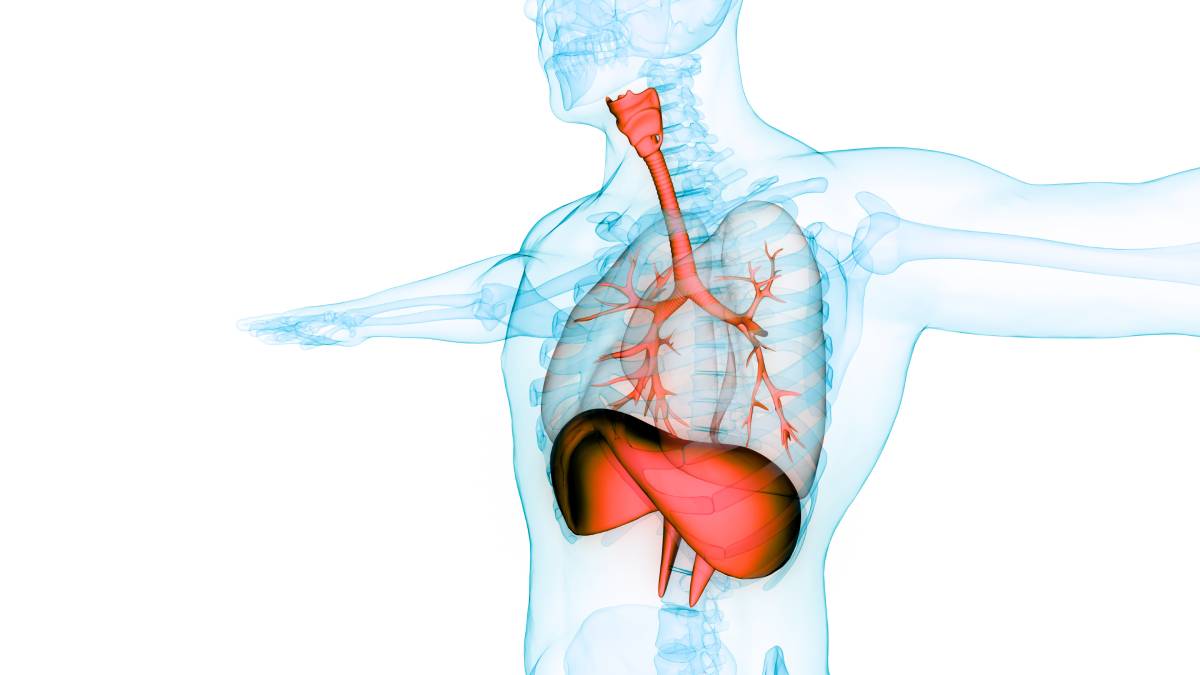NMN Supplementation for Anti-Aging
As the quest for the proverbial “fountain of youth” continues, scientific advancements have brought attention to various compounds believed to have anti-aging properties. One such compound is Nicotinamide Mononucleotide (NMN). Derived from ribose and nicotinamide, NMN is a precursor to Nicotinamide Adenine Dinucleotide (NAD+), a coenzyme found in every cell of our body. NAD+ plays a critical role in energy metabolism, DNA repair, and maintaining cellular health. With age, NAD+ levels decline, leading to decreased cellular function and an increase in age-related health issues. NMN supplementation has gained popularity as a potential means to boost NAD+ levels and combat the effects of aging.
Understanding NAD+ and Its Role in Aging
NAD+ is essential for life, involved in redox reactions that are fundamental to metabolic processes. It acts as a coenzyme for enzymes involved in oxidative phosphorylation and glycolysis, processes that generate ATP, the primary energy currency of cells. Beyond its role in energy metabolism, NAD+ is a substrate for sirtuins and poly (ADP-ribose) polymerases (PARPs), proteins involved in DNA repair, gene expression regulation, and maintaining genome stability. Sirtuins, in particular, have been studied extensively for their role in extending lifespan and improving healthspan in various organisms.
As we age, the levels of NAD+ in our cells decrease. This decline is associated with reduced mitochondrial function, increased oxidative stress, and impaired DNA repair mechanisms. Consequently, the drop in NAD+ levels is thought to contribute significantly to the aging process and the development of age-related diseases such as neurodegenerative disorders, cardiovascular diseases, and metabolic conditions like diabetes.
The Promise of NMN Supplementation
Given the central role of NAD+ in maintaining cellular health, strategies to boost NAD+ levels have garnered significant interest. NMN is a key intermediate in the biosynthesis of NAD+, making it a promising candidate for supplementation. Unlike direct NAD+ supplementation, which faces challenges related to poor bioavailability, NMN is more readily absorbed and converted into NAD+ within cells.
1. Enhanced Energy Metabolism
One of the primary benefits of NMN supplementation is the potential to enhance energy metabolism. By increasing NAD+ levels, NMN can improve mitochondrial function, leading to more efficient ATP production. This is particularly relevant for tissues with high energy demands, such as the brain, heart, and muscles. Improved mitochondrial function can result in increased stamina, reduced fatigue, and better overall physical performance, which are crucial factors in countering the physical decline associated with aging.
2. DNA Repair and Genomic Stability
Another critical aspect of NMN supplementation is its role in DNA repair. NAD+ is a substrate for PARPs, which detect and repair damaged DNA. With higher NAD+ levels, PARP activity is enhanced, promoting the repair of DNA lesions and maintaining genomic stability. This can potentially reduce the accumulation of mutations and cellular dysfunction that contribute to the aging process and the development of age-related diseases.
3. Neuroprotection and Cognitive Health
Aging is often accompanied by a decline in cognitive function and an increased risk of neurodegenerative diseases like Alzheimer’s and Parkinson’s. Research suggests that NMN supplementation can provide neuroprotective effects. By boosting NAD+ levels, NMN may support neuronal health, enhance cognitive function, and protect against neurodegeneration. Studies in animal models have shown that NMN can improve memory, learning, and overall brain function, although more research is needed to confirm these benefits in humans.
4. Cardiovascular Health
Cardiovascular diseases are a leading cause of morbidity and mortality in the elderly. NMN supplementation has been shown to improve cardiovascular function in animal studies. By increasing NAD+ levels, NMN can enhance the function of endothelial cells, which line the blood vessels, promoting better blood flow and reducing the risk of atherosclerosis. Additionally, NMN may help maintain the health of cardiac cells, improving heart function and potentially reducing the incidence of heart-related conditions.
5. Metabolic Health and Lifespan Extension
Research in animal models has demonstrated that NMN supplementation can improve metabolic health by enhancing insulin sensitivity and reducing inflammation. These effects are particularly beneficial for combating age-related metabolic disorders such as type 2 diabetes and obesity. Furthermore, some studies suggest that NMN can extend lifespan and healthspan, although these findings are primarily based on animal models and need further validation in human studies.
Clinical Evidence and Future Directions
While preclinical studies and animal research provide a strong foundation for the potential benefits of NMN supplementation, clinical trials in humans are still in the early stages. Initial results are promising, indicating that NMN is safe and well-tolerated, with potential benefits for metabolic and cardiovascular health. However, more extensive and long-term studies are needed to confirm these effects and determine the optimal dosage and administration protocols.
Conclusion
NMN supplementation represents a promising avenue in the field of anti-aging research. By boosting NAD+ levels, NMN has the potential to enhance energy metabolism, support DNA repair, protect cognitive function, improve cardiovascular health, and extend healthspan. While the current evidence is encouraging, it is essential to approach NMN supplementation with cautious optimism, awaiting more robust clinical data to fully understand its benefits and limitations. As research progresses, NMN may become a valuable tool in the fight against aging and the quest for a healthier, longer life.









